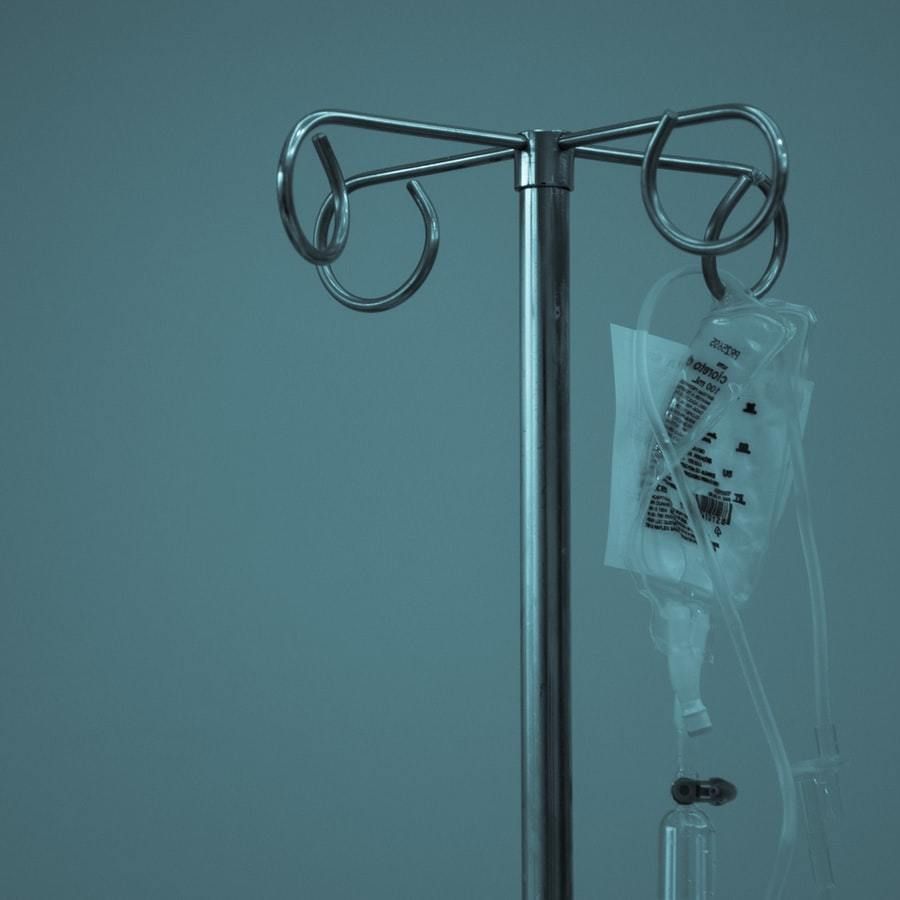Biomarker-Guided Strategy May Reduce Antibiotic Use in SCD Patients with ACS
Guidance based on procalcitonin concentration levels may useful in reducing duration of antibiotic treatment for sickle cell patients with acute chest syndrome.

Using a procalcitonin-guided strategy to prescribe antibiotics in sickle cell disease patients with acute chest syndrome (ACS) was associated with reduced antibiotic exposure and no apparent adverse outcomes, according to a new study.
Procalcitonin concentration level has been linked to bacterial infection and severity. Previous guidance using these levels is reported to be safe in reducing the duration of antibiotic treatment in critically ill patients and those with community-acquired pneumonia.
Thus, in order to confirm the effectiveness of this guidance for ACS, a team led by Keyvan Razazi, MD, of Henri Mondor Univeristy Hospital, France, conducted a single-center prospective before-after study of adult patients with sickle cell disease in the medical ward and ICU.
“Antibiotic stewardship is important in this population, with locally high prevalence of penicillin-resistant pneumococcal infections and profound underdosing of antibiotics secondary to augmented renal clearance,” they wrote.
They excluded patients with severe immunosuppression, pregnancy or lactation, <18 years of age, documented extrapulmonary infection, as well as those whose who had been administered antibiotics 24 hours prior to inclusion.
The primary endpoint of the study was number of days alive without antibiotics at Day 21. Secondary endpoints sought by the investigators included compliance to procalcitonin algorithm during intervention phase, relapse, and superinfection.
Once patients began receiving antibiotics, procalcitonin concentration was assessed during the first 3 days of their ACS episode. The investigators noted that the lower limit of detection of the assay was 0.02 ng/mL, and the functional assay sensitivity was 0.06 ng/mL.
During the first phase of the study, or the control period, clinicians were not informed of procalcitonin-concentration results. Following this phase, in the intervention period, concentration measurements were then used to build an algorithm for clinicians to use as a guide for antibiotic treatment.
However, discretion still remained with the clinician to manage antibiotic use.
Overall, among the 114 screened patients, only 14 had met exclusion criteria. The rest, who were included in the study, represented a total of 103 ACS episodes (43 in the control phase, and 60 in the intervention phase).
Measurements showed that procalcitonin concentration was <0.5μg/L at Days 1–3 for 66 of 103 patients, and the higher concentration values were associated with greater severity.
Results showed that during the intervention phase, 25 of 60 (42%) patients had an interruption of antibiotic therapy within 24 hours of algorithm recommendation initiation. Further, 38% experienced a prolonged antibiotic therapy, and 20% experienced antibiotic therapy that was shorter than what was recommended in the algorithm.
Further, Razazi and colleagues noted that the number of days alive without antibiotics was higher in the intervention period (15; range, 14-18) as compared to the control phase (13; range, 13-14; P = .001).
Compared to the control phase, the proportion of patients receiving antibiotics between inclusion and Day 21 was lower in the intervention phase.
And finally, 31% of patients in the intervention phase received a ≤3 days course of antibiotics—versus 9% in the control phase.
However, the investigators did note that there were not enough proven or possible infections during the control phase to make any formal determination of the diagnostic accuracy of procalcitonin.
“In conclusion, our preliminary results suggest that a procalcitonin-guided strategy may have a role in shortening the duration of antibiotic therapy with no apparent adverse outcomes during ACS in sickle cell disease,” they concluded. “However, the use of this biomarker to predict bacterial infection in this situation should be performed with caution.”
The study, "Procalcitonin to Reduce Antibiotic Exposure during Acute Chest Syndrome in Adult Patients with Sickle-Cell Disease," was published online in Journal of Clinical Medicine.